The interplay between the genetic makeup of crops and the conditions in which they grow is difficult to untangle. A research team led by an Iowa State University professor aims to help breeders analyze the interactions to make crops more resilient and productive.
Tag: Plant Breeding
UTokyo and NARO develop new vertical seed distribution trait for soybean breeding
We have probably all seen a soybean plant, about 1 meter high with leaves and pods compactly arranged on a main stem with a few short side branches. The wild relative of the domesticated soybean is a long vine with pods widely distributed on many side branches. Plant breeding by farmers thousands of years ago is to thank for this dramatic change.
Innovative Deep Learning Model Enhances Maize Phenotype Detection and Crop Management
A research team developed the Point-Line Net, a deep learning method based on the Mask R-CNN framework, to automatically recognize maize field images and determine the number and growth trajectory of leaves and stalks.
AI is giving boost to crop improvement research
AI provides a new lens to bridge science and practice in crop breeding research, said Iowa State University agronomy professor Jianming Yu, one of the world’s top-ranked scientists in the fields of quantitative genetics and plant breeding.
Asparagus and orchids are more similar than you think
What does an asparagus have in common with a vanilla orchid? Not much, if you are just looking at the two plants’ appearances.
Genetic changes have decreased maize’s tolerance to severe heat stress and increased resilience to moderate heat stress
The ability of crops to withstand heat is critical to our food system’s resilience to climate change.
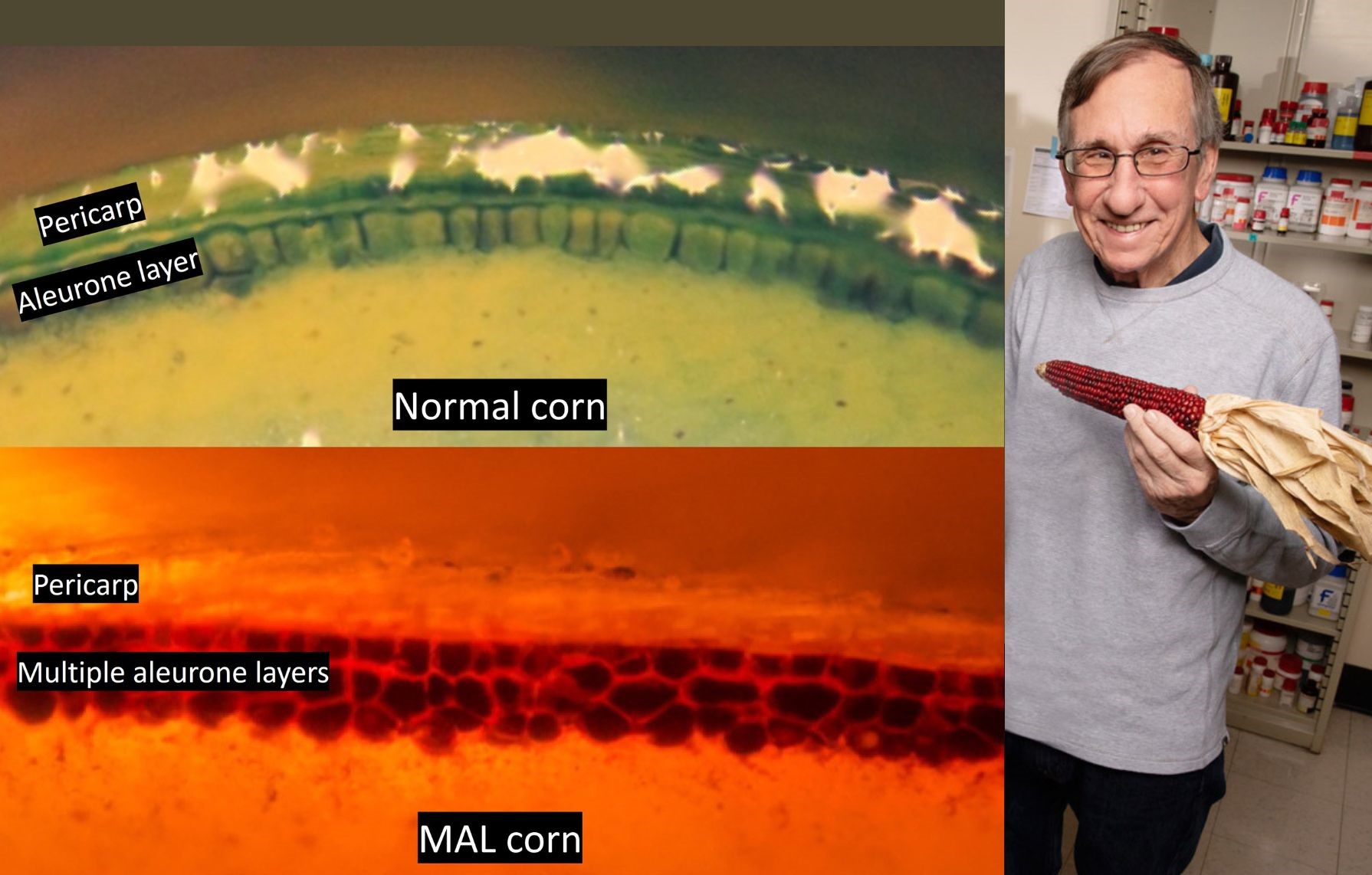
Simple addition to corn bran could boost grain’s nutritional value 15-35%
What if, by adding a couple of cell layers inside a corn kernel, the grain could become significantly richer in essential nutrients like iron, zinc, and protein? Such an improvement could benefit people who rely on corn for a large portion of their diet, as in many parts of the global south. In a new study, University of Illinois scientists show it’s possible to increase iron up to 35% and zinc up to 15% compared to parent lines simply by adding cell layers in the bran.
ISU scientists exploit genetic mutation to accelerate plant breeding process
Iowa State University researchers may have solved a long-standing challenge associated with accelerated development of pure genetic lines.
Honeycrisp genome will help scientists breed better apples
A team of researchers has sequenced the Honeycrisp apple genome, a boon for scientists and breeders working with this popular and economically important cultivar.
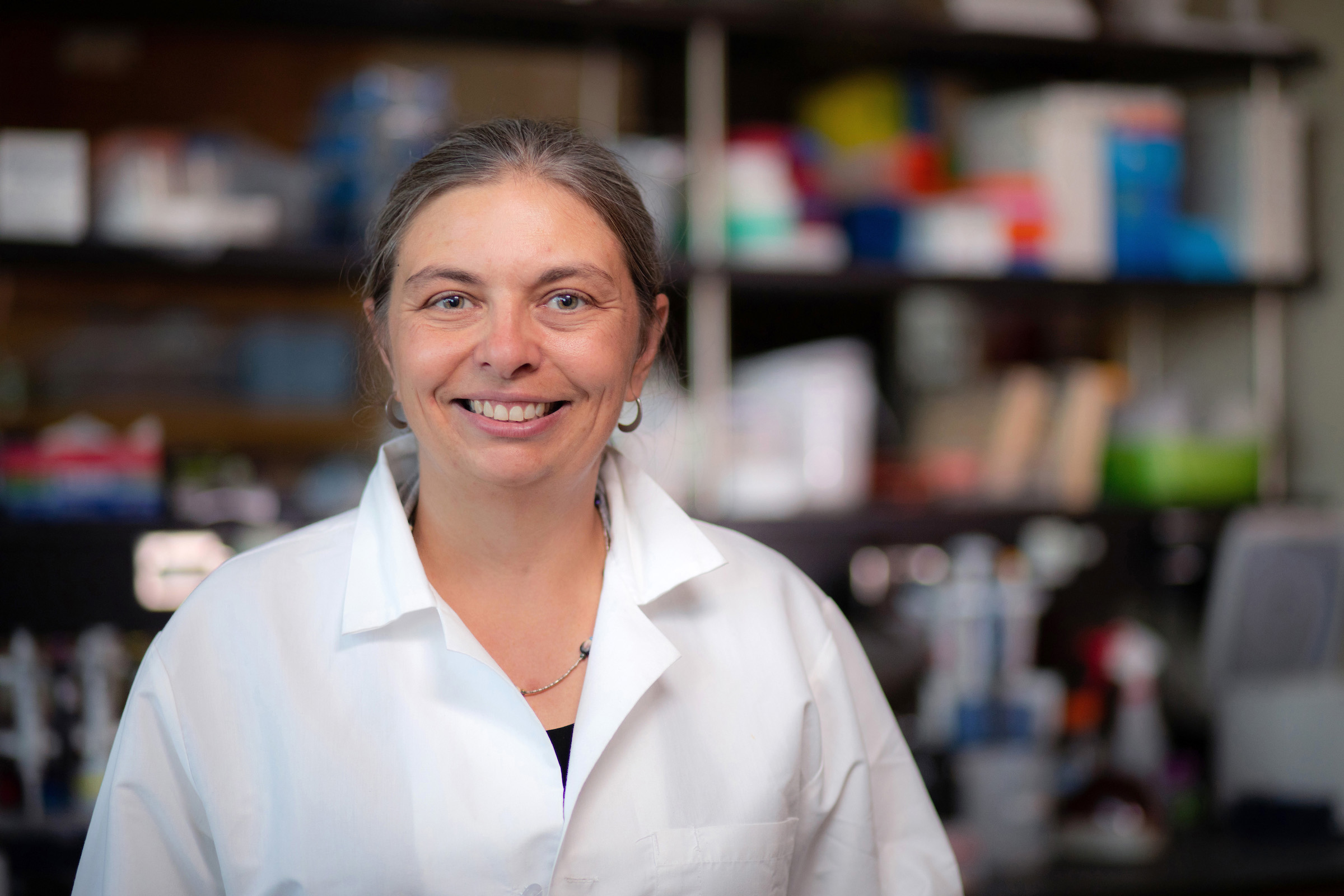
Designing a plant cuticle in the lab could yield many benefits
Scientists are working to bioengineer a defense mechanism that most plants develop naturally to protect against drought, insects and other environmental stresses. The goal is to create a roadmap for breeding plants with designer cuticles to respond to changing climates.
UNH-Led Team Sequences Shea Tree Genome to Support Breeding and Conservation Efforts
An international team of researchers led by the University of New Hampshire has sequenced the shea tree’s genome, providing a valuable resource for the strategic development of the species which is best known for the popular product shea butter—a multimillion-dollar ingredient used in cosmetics, personal care products, pharmaceuticals and chocolate.
Getting to the core of a more nutritious apple
A new platform housing data from over 100 apple varieties could shave years off of the breeding process and enable data-driven assessments of how to boost the health benefits of America’s favorite fruit.
New insights on flowering could boost cassava crops
Two new publications examining cassava flowering reveal insights into the genetic and environmental factors underpinning one of the world’s most critical food security crops.
The big potential of little millet
Overlooked little millet is a promising grain for our future climate. New research shows which varieties perform the best.
Texas A&M AgriLife plant breeding programs granted $1.75 million
Four Texas A&M College of Agriculture and Life Sciences Department of Soil and Crop Sciences plant breeding program development projects have been funded by the U.S. Department of Agriculture’s National Institute of Food and Agriculture, NIFA. These programs are aimed at enhancing sorghum, corn, peanut and wheat cultivars for farmer use.
New hops breeding program will grow, develop signature NY varieties
A $300,000 investment from New York state has paved the way for a new hops breeding program at Cornell AgriTech, which will grow and develop signature New York hops varieties – selected for high yield, preferred flavors and disease resistance – in support of the state’s $3.4 billion craft brewing industry.
Sensing what plants sense: Integrated framework helps scientists explain biology and predict crop performance
Scientists have invested great time and effort into making connections between a crop’s genotype and its phenotype. But environmental conditions play a role as well. Iowa State University researchers untangle those complex interactions with the help of advanced data analytics in a newly published study.
Why is it important to increase genetic diversity in crops, especially in soybean?
U.S. soybean breeding programs have slowed as current varieties are too closely related
Breeding a better chickpea
Genomics research helps develop high-yielding, drought tolerant lines of chickpea
How a new malting barley variety for California came to be
Twenty-year process involved evaluating malting barley germplasm strains, breeding efforts
Breeding barley for a changing climate
Scientists uncover genetic traits to breed better barley for northern environments
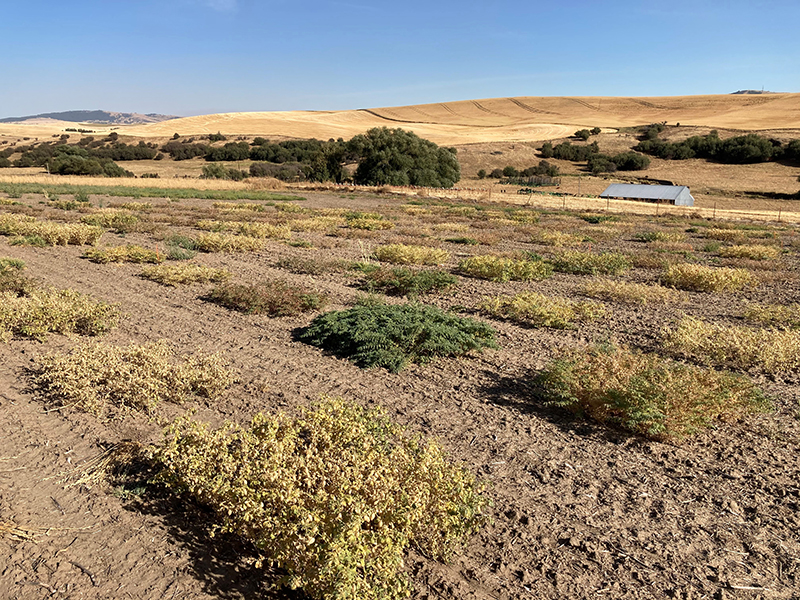
Chickpea genetics reduce need for chemicals
Researchers uncover natural disease resistance in chickpeas as a harmful pathogen develops resistance to fungicide.
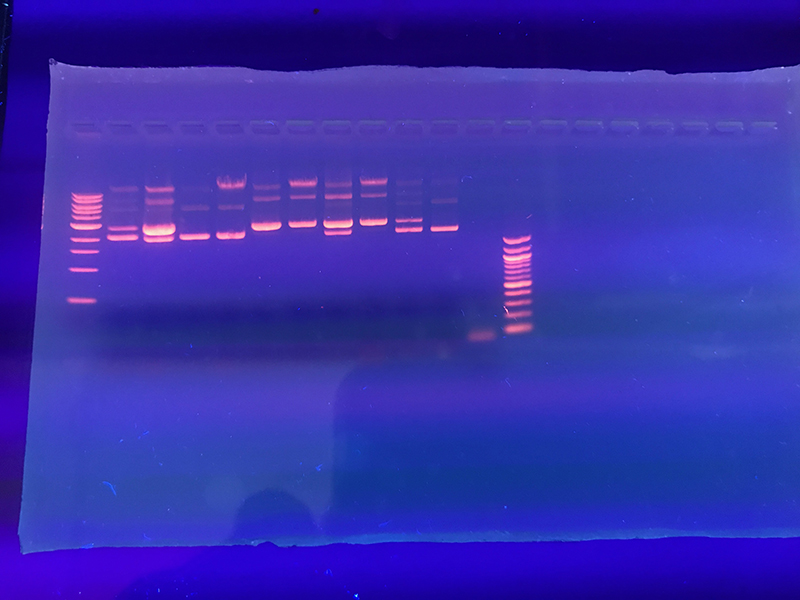
Making wheat and peanuts less allergenic
Research uses plant breeding and biotechnology to remove proteins associated with food allergies.
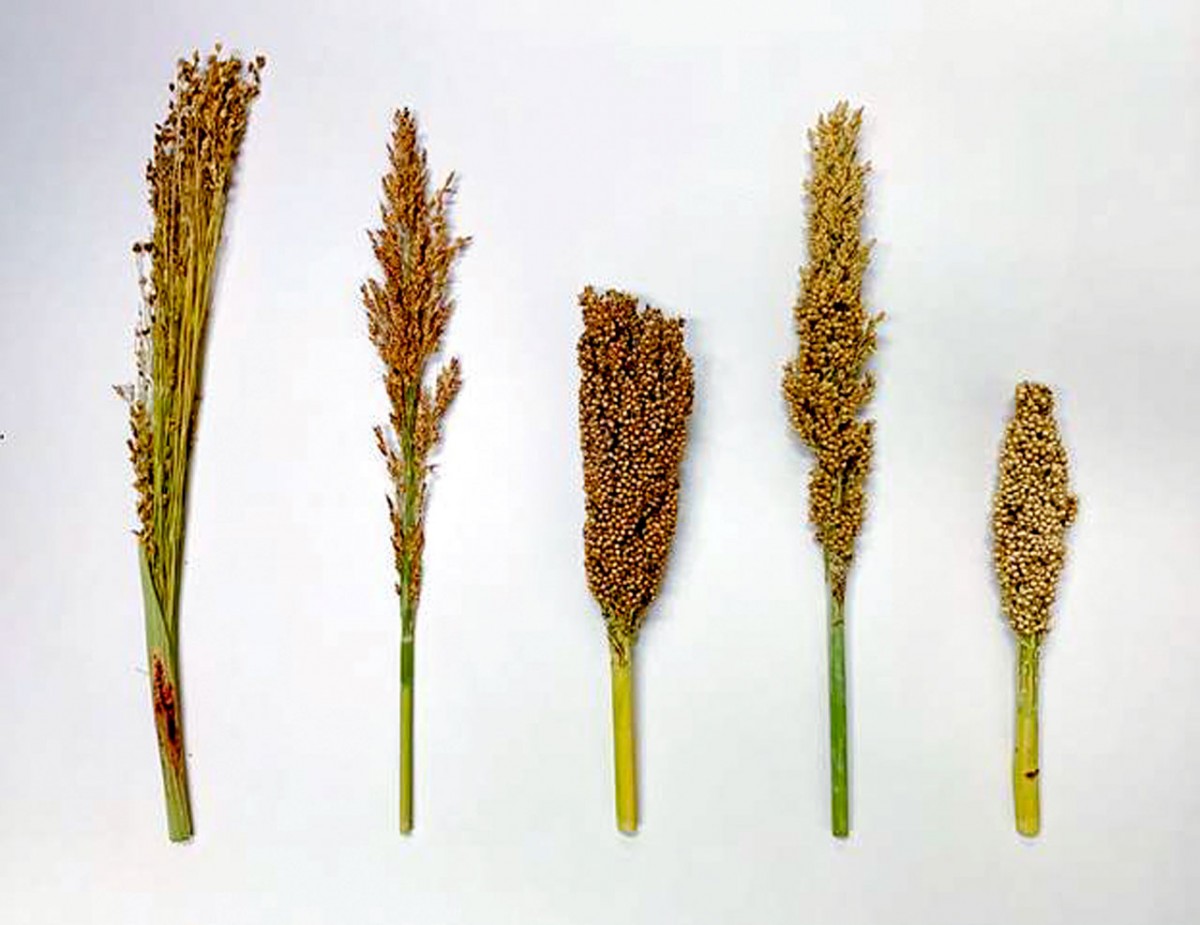
Early breeding reduced harmful mutations in sorghum
A new Cornell University study found that harmful mutations in sorghum landraces – early domesticated crops – decreased compared to their wild relatives through the course of domestication and breeding.
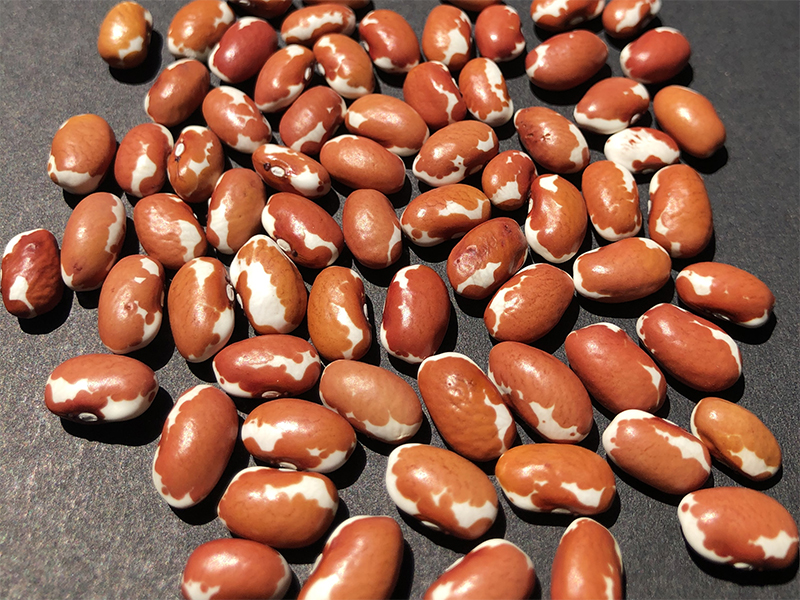
Stealing the spotlight in the field and kitchen
New dry beans from UC Davis combine desirable qualities for both farmers and consumers
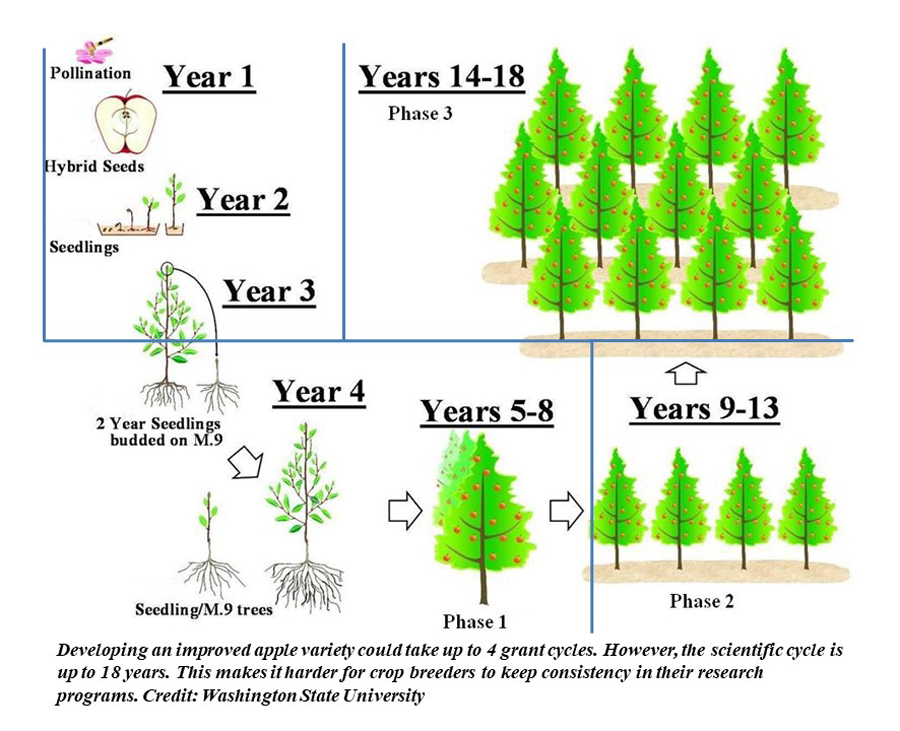
What is the status of public plant breeding programs in the United States?
Programs could disappear as they see reduced budgets, staffing
Fabled Silk Road could be the route to more flavorful apples
The fabled Silk Road is responsible for one of our favorite and most valuable fruits: the domesticated apple. Cornell University researchers have now assembled complete reference genomes and pan-genomes for the apple and its two main wild progenitors.
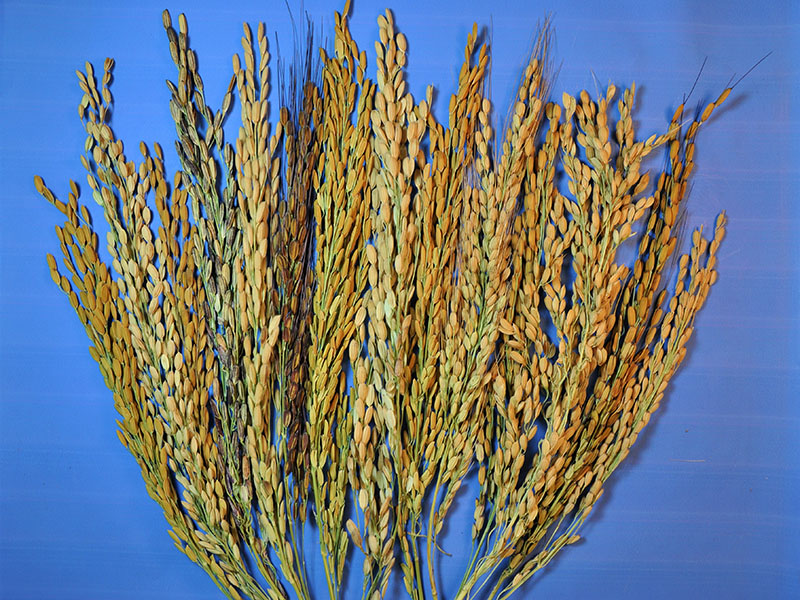
Cataloguing the rice collection for crop improvement
Genetic tests help search and manage USDA’s rice genetic repository

Celebrating plant cousins: Crop Wild Relative Week
“wild and weedy” kin often have desirable traits valuable for today’s breeders
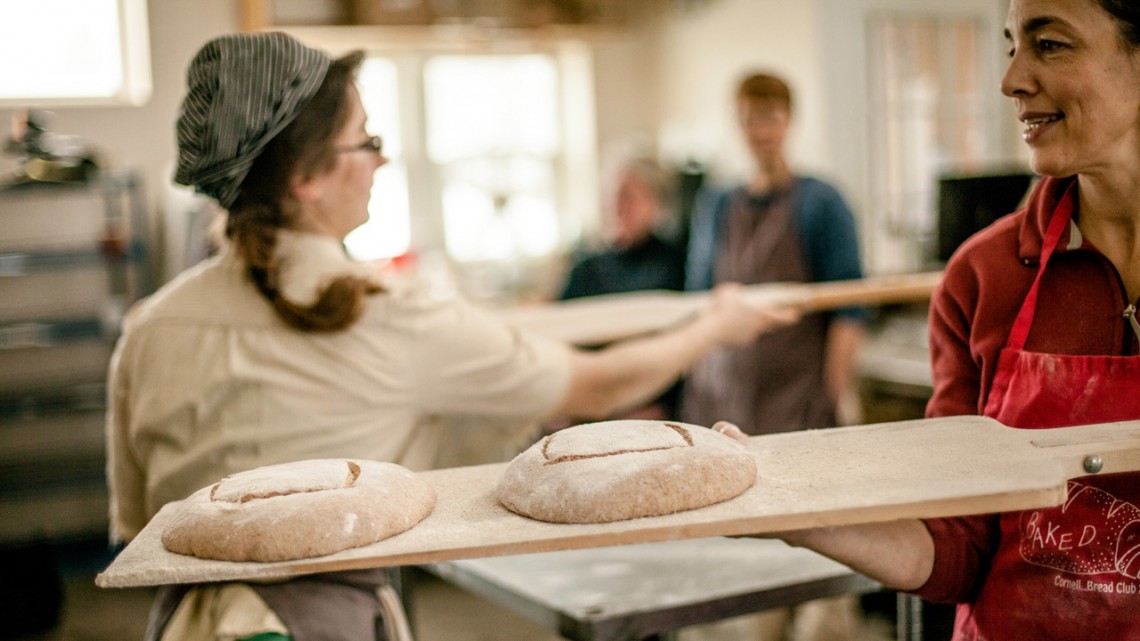
$2M USDA grant funds value-added grains project
A Cornell University scientist is leading a multi-institution team that’s helping turn diverse and ancient grains into staple foods throughout the Northeast and Midwest, thanks to a three-year, $2 million grant from the U.S. Department of Agriculture (USDA).
Crunchy, complex: Cornell releases three new apples
This fall, apple lovers can look forward to three new varieties from the oldest apple breeding program in the U.S. — located at Cornell AgriTech in Geneva, New York, part of the College of Agriculture and Life Sciences (CALS).
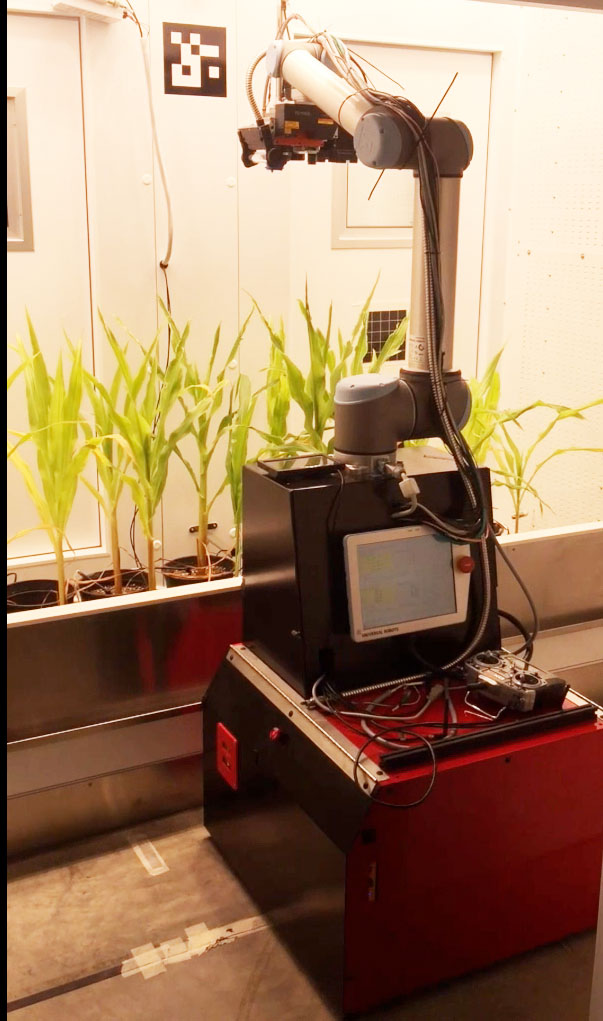
Plant scientists use robotics to study the interaction of heat stress responses in corn
A new study shows how two responses in separate locations inside plant cells work in concert to help corn plants respond to heat stress. The research was made possible by the Enviratron, an innovative plant sciences facility at Iowa State University that utilizes a robotic rover and highly controlled growth chambers.
Researchers help inform cassava breeding worldwide
Scientists in Cornell University’s NextGen Cassava project have uncovered new details regarding cassava’s genetic architecture that may help breeders more easily pinpoint traits for one of Africa’s most vital crops.
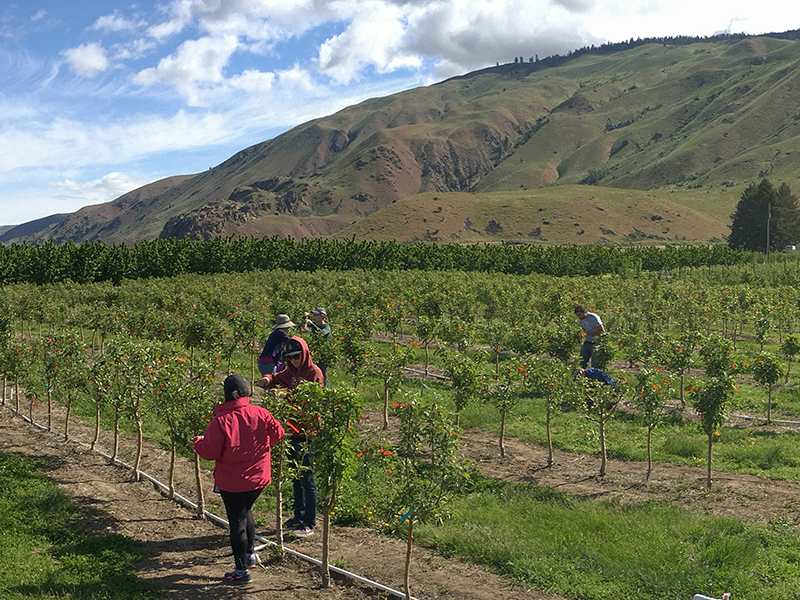
Declining U.S. Plant Breeding Programs Impacts Food Security
Decreasing access to funding, technology, and knowledge in U.S. plant breeding programs could negatively impact our future food security.
Danforth Center Scientists Collaborate On $13 Million Bioenergy Project
The U.S. Department of Energy (DOE) awarded a five-year, $13 million grant to a nationwide research project to genetically strengthen Thlaspi arvense, commonly known as pennycress, for use in sustainable energy efforts.
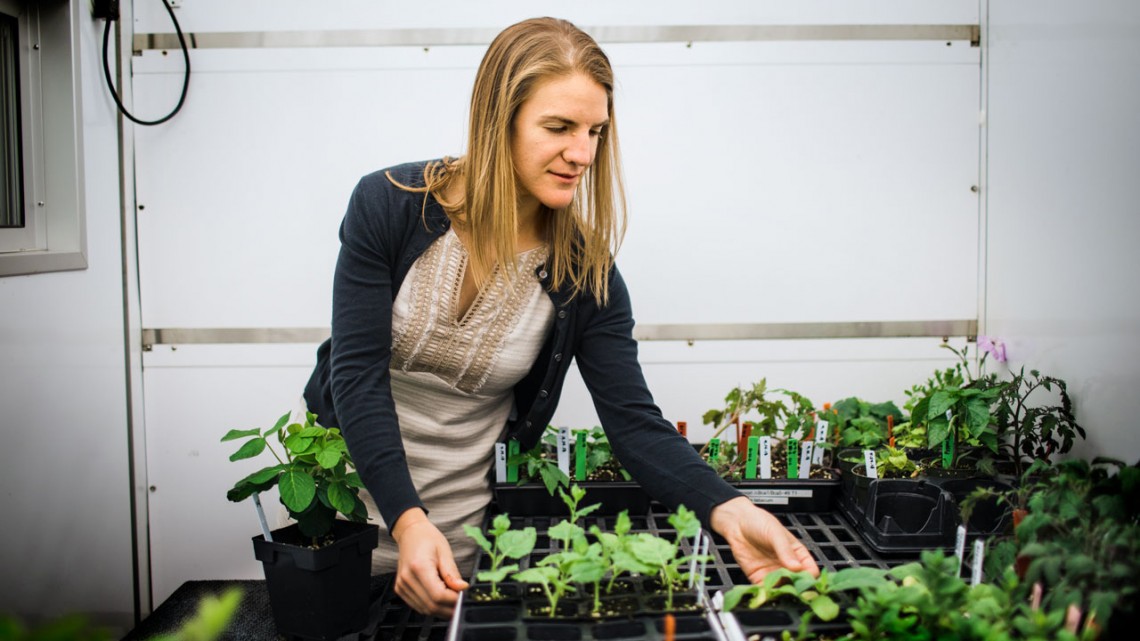
NSF supports project to demystify communication in plants
The National Science Foundation recently awarded Margaret Frank, assistant professor of plant biology at Cornell University, a $1.3 million Faculty Early Career Development Program grant for her study of mRNA communication in plants.
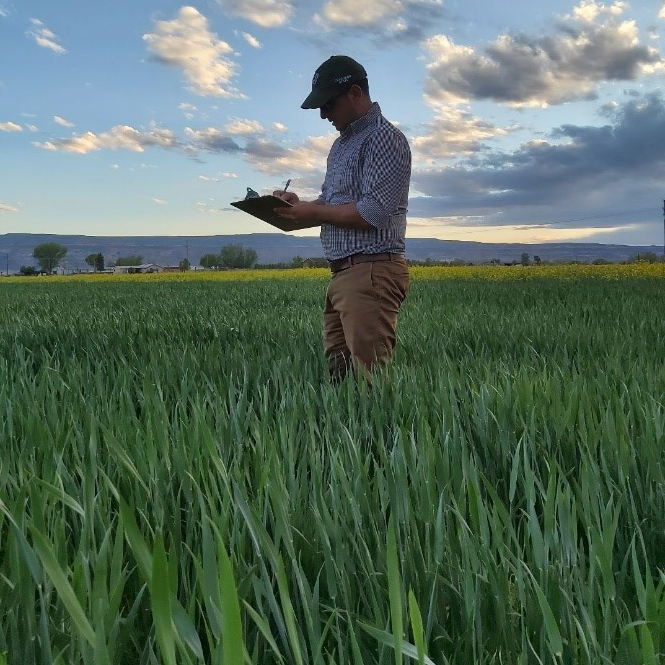
Putting zinc on Bread Wheat Leaves
Applying zinc to the leaves of bread wheat can increase wheat grain zinc concentrations and improve its nutritional content.
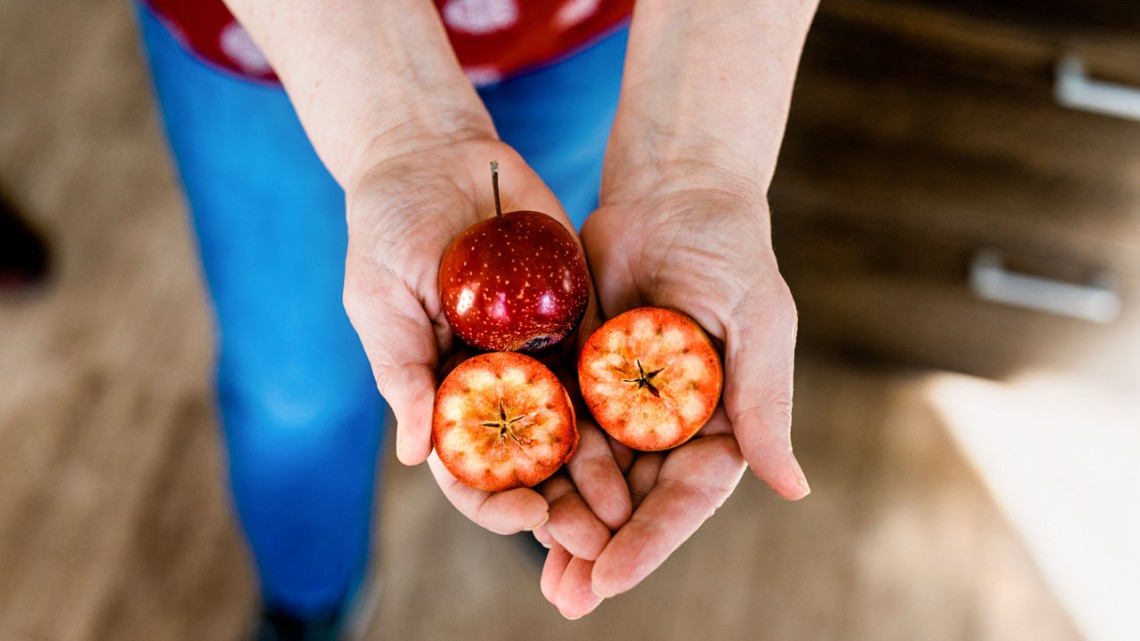
From seed to supermarket: What does it take to put produce on your plate?
Innovative plant breeders at Cornell’s College of Agriculture and Life Sciences are creating new fruits and vegetables that wow consumers, have longer growing seasons and are more resistant to diseases, insects and weather.
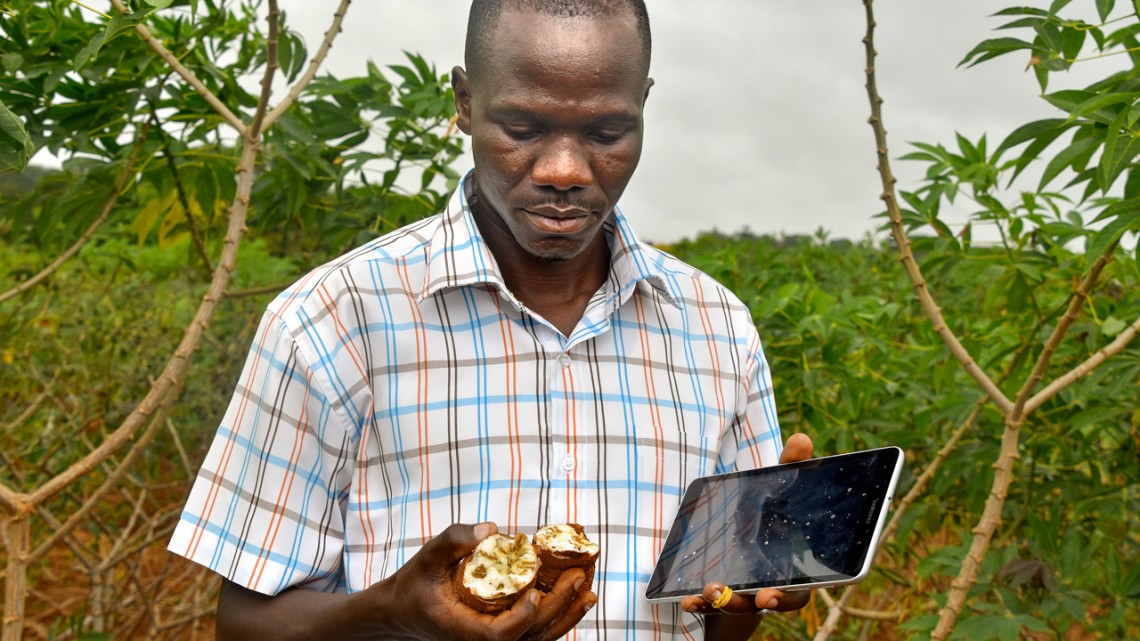
A hunger fighter empowers farmers with NextGen Cassava
Alfred Ozimati is breeding the latest in disease-resistant cassava that meets the needs of subsistence farmers, thanks to the NextGen Cassava project run by Cornell University.
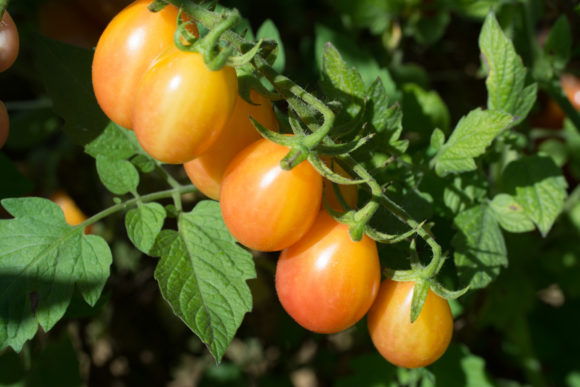
Rutgers Creates ‘Scarlet Sunrise’ Bicolor Grape Tomato
New Brunswick, N.J. (March 3, 2020) – A Rutgers University–New Brunswick tomato breeding team known for developing the ‘Rutgers 250’ tomato has created ‘Scarlet Sunrise,’ a unique and flavorful bicolor grape tomato. The team at Rutgers’ New Jersey Agricultural Experiment Station…

Preparing Plants for our Future Climate
Study investigates plant behavior when exposed to higher carbon dioxide levels.
Study measures consumers’ demands for cassava
Cornell University researchers analyzed farmer preferences and found that the softness of cooked cassava is a major influence on what kinds of varieties farmers actually adopt.
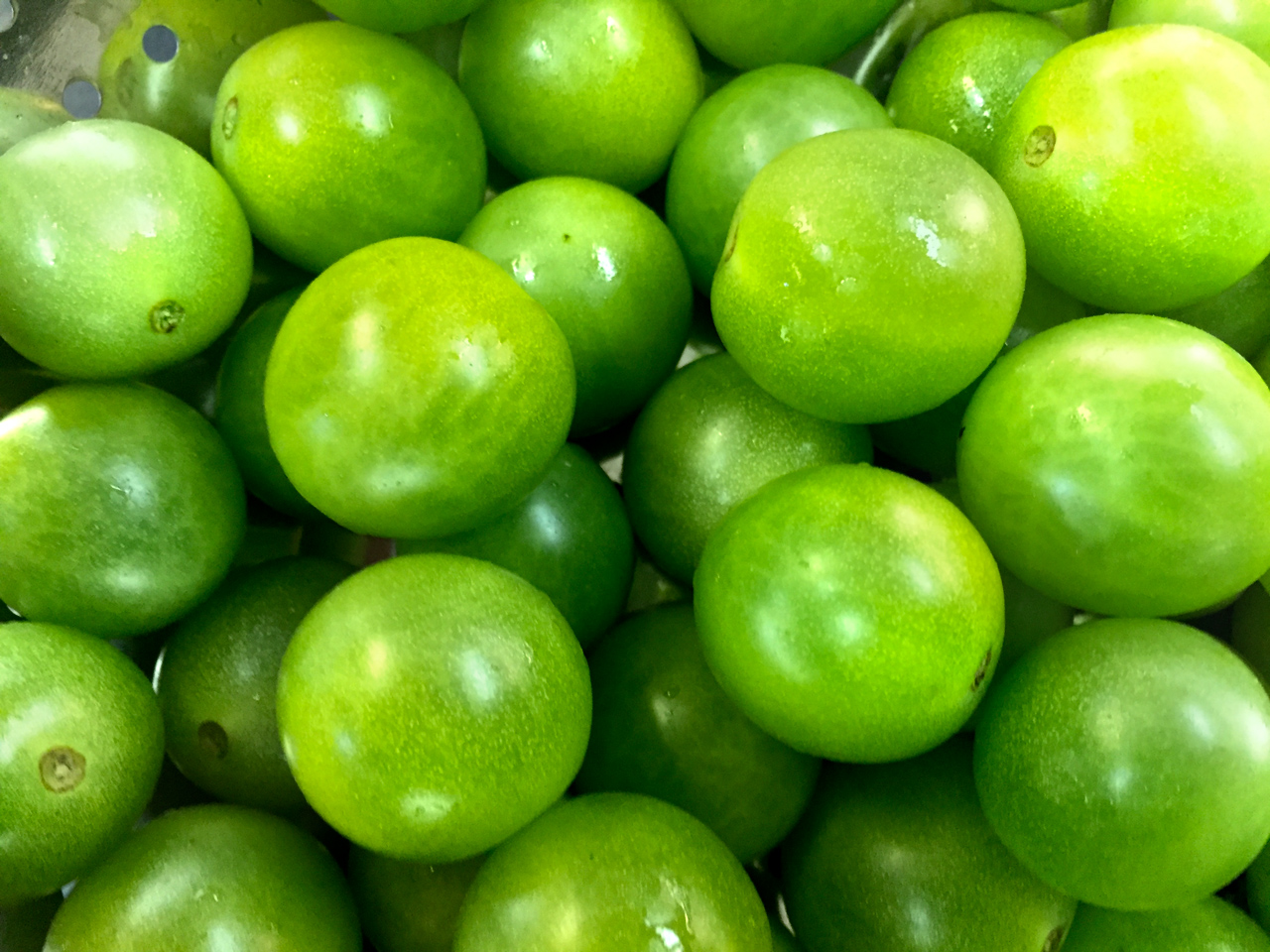
New variety challenges ‘Jaded’ attitudes to green tomatoes
A Cornell University researcher has developed a new, flavorful and highly productive cherry tomato – that ripens green. The new variety, dubbed Jaded, was created by Phillip Griffiths, associate professor of horticulture at Cornell Agritech, who bred it from four heirloom tomato varieties.
Hemp ‘goes hot’ due to genetics, not growing conditions
As the hemp industry grows, producers face the risk of cultivating a crop that can become unusable – and illegal – if it develops too much of the psychoactive chemical THC. Cornell University researchers have determined that a hemp plant’s propensity to ‘go hot’ – become too high in THC – is determined by genetics, not as a stress response to growing conditions, contrary to popular belief.